- Category:
- Tag:
Applicable Business AreasAutomotive tire manufactures, Bladder manufactures, Butyl rubber manufactures
Target ApplicationsResin additive for butyl rubber
Applicable Business AreasAutomotive tire manufactures, Bladder manufactures, Butyl rubber manufactures
Target ApplicationsResin additive for butyl rubber
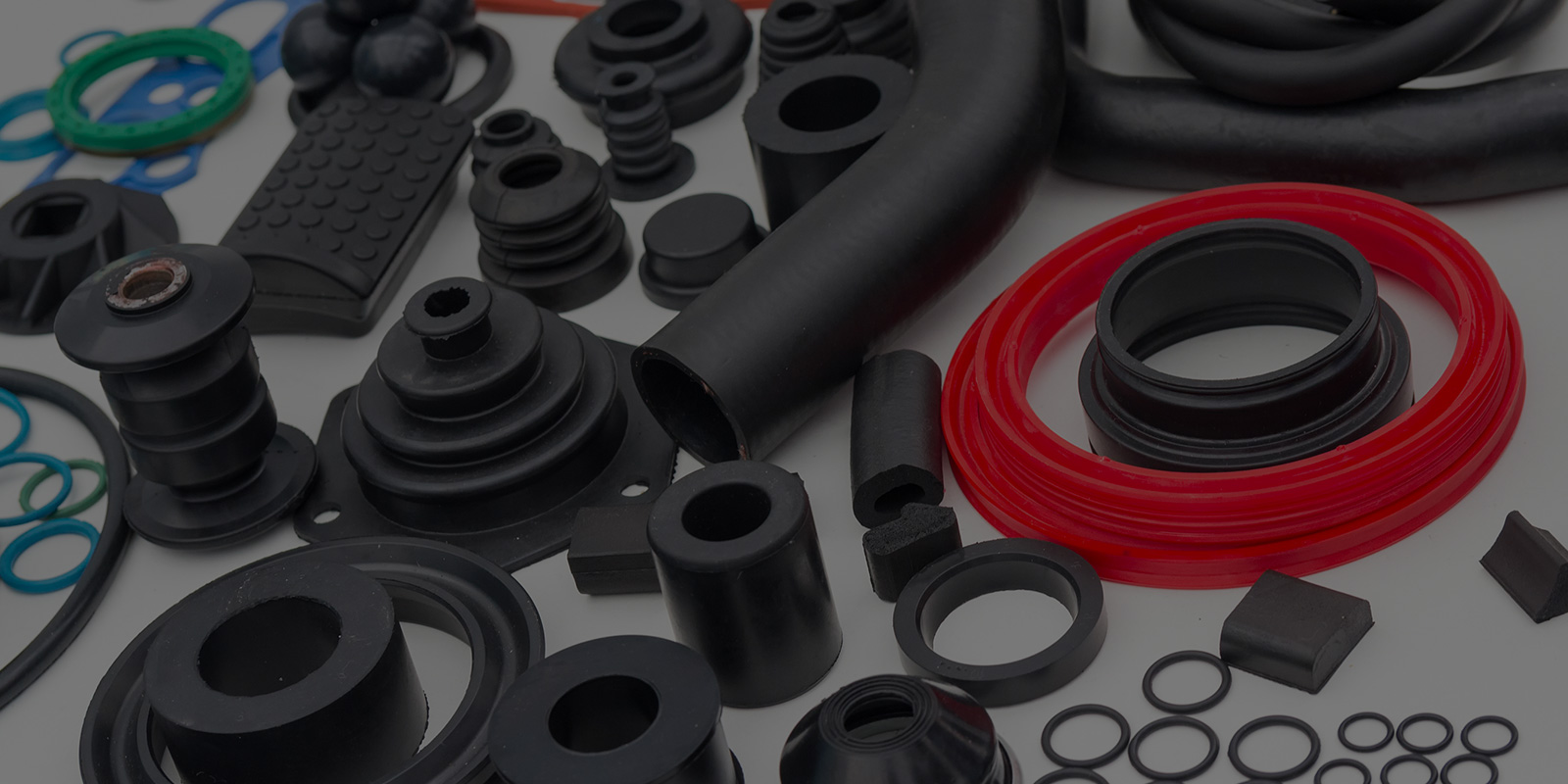
Butyl rubber, which is known as one of synthetic rubbers, is a material that has a variety of excellent resistances such as heat resistance, weather resistance, water resistance, and chemical resistance. Thanks to such features, this material is widely used for various products such as capacitor packings, high-pressure steam hoses, medical rubber plugs or gloves. One of the applications of this materials is a bladder that is used during automotive tire manufacturing. A bladder is a rubber jig used to create a tread pattern on the tire surface. It is necessary to increase the durability and heat resistance of a bladder itself in terms of production efficiency, as it deteriorates due to repeated use.
By adding our Alkylphenol Resin <PR2500> to butyl rubber, it is expected that the heat resistance and tensile strength of bladder, which mainly consists of butyl rubber, are increased, thereby improving the production efficiency of tire manufacturing.
Tire manufacturing process consists of the following five processes: mixing, material processing, molding, vulcanization, and inspection. A bladder is used in the fourth process (vulcanization). In the vulcanization process, the bladder is inflated by steam or gas to press the tire against the mold to pressurize and heat it. This operation is performed for each of hundreds of tires. As a bladder deteriorates each time it is inflated and heat and pressure are applied to it, it is necessary to increase its durability and heat resistance.
Although sulfur has been generally used as an additive for rubber, butyl rubber crosslinked by sulfur is sensitive to heat and less heat resistant. When our <PR2500> is used as an additive for butyl rubber, the tensile strength after heat treatment (thermal aging resistance test at 177ºC for 96 hours) is approx. 2.7 times that of the butyl rubber in which sulfur is used. Furthermore, the tensile strength after heat treatment is approx. twice that of the butyl rubber in which the competitor’s Alkylphenol Resin additive is used. That means the heat resistance of our <PR2500> is excellent. By using our <PR2500> as an additive for butyl rubber, it is expected that the heat resistance and durability of bladder, which mainly consists of butyl rubber, are increased.
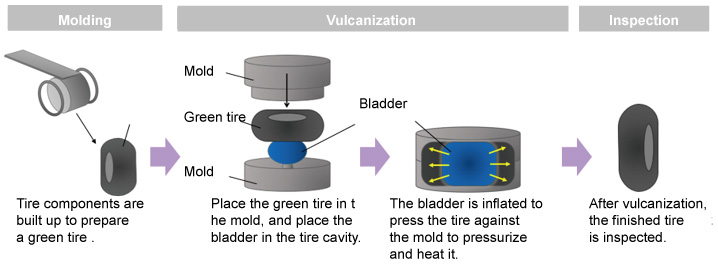
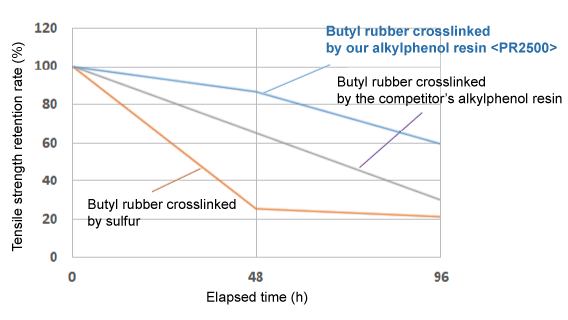
The content of residual toluene, which is a cause of odor during tire manufacturing, in our <PR2500> is reduced to approx. one-tenth of the toluene content in the competitor’s Alkylphenol Resin. Therefore, the odor during butyl rubber mixing process is reduced and improvement of the work environment is expected.
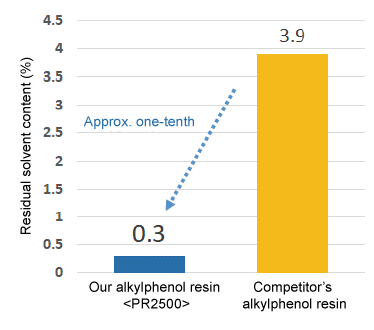
Our <PR2500> has both a lipophilic (greasy) alkyl group and a hydrophilic hydroxyl group. Butyl rubber is so lipophilic (greasy) that it has less adhesion to mixing equipment and drops from it. Thus, it is difficult to mix butyl rubber.
Our <PR2500> is well compatible with butyl rubber when mixed with it due to the lipophilic alkyl group. Furthermore, appropriate adhesion to mixing equipment can be obtained due to the sticky hydrophilic hydroxyl group, thus leading to easy mixing.
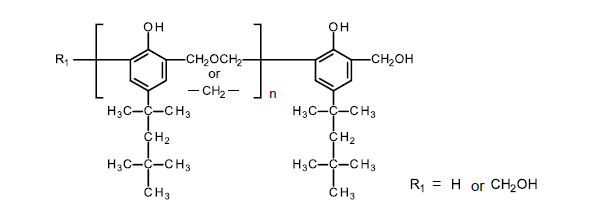
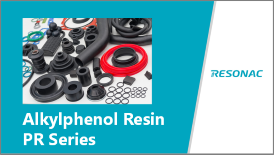
Contact Us
Please don't hesitate to contact us if you have any questions.